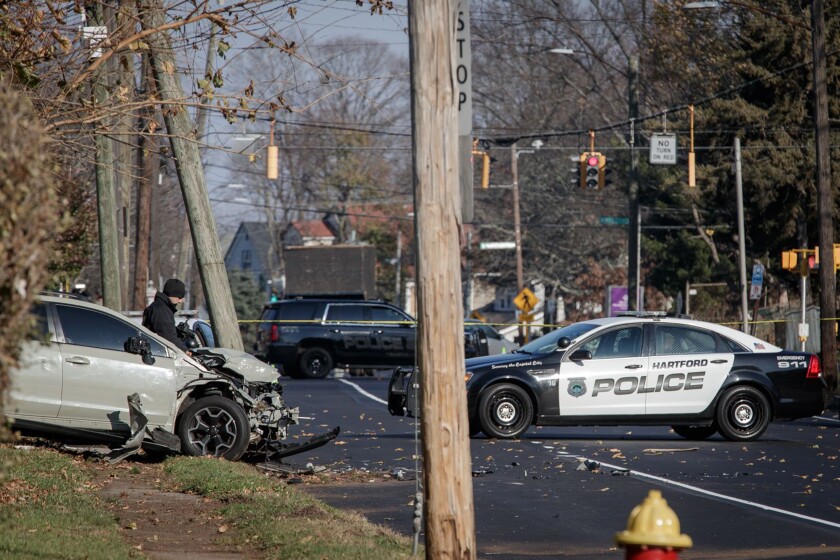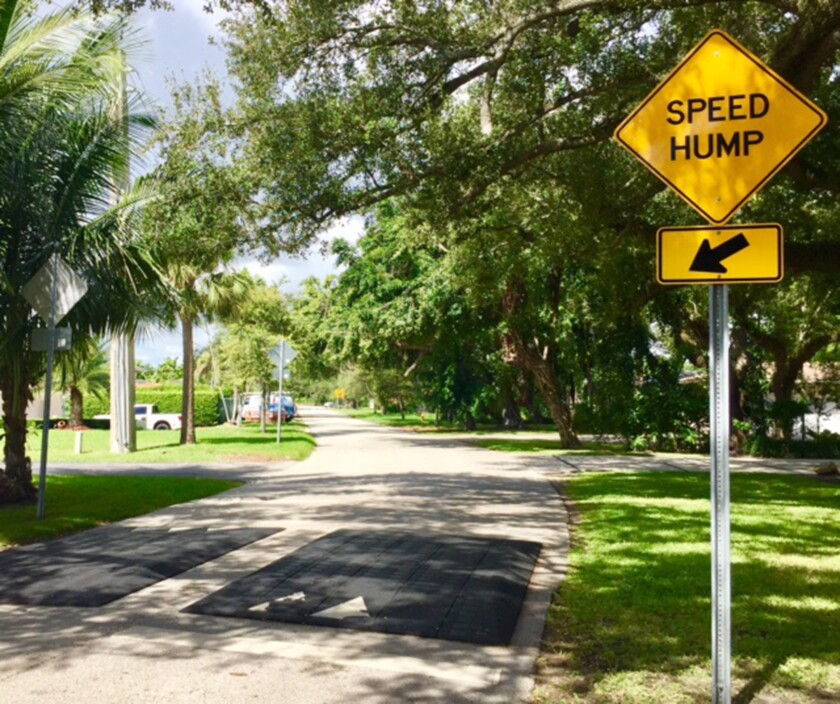In Brief:
Last year, the New Jersey Department of Transportation made headlines when the Federal Highway Administration (FHWA) determined that one of its roadway safety campaigns was a little too cute. The campaign included highway signs flashing messages like “Get your head out of your apps,” “We’ll be blunt — don’t drive high,” and “It just clicks. Wear your seat belt.” While it was a rare move for the FHWA to intervene, campaigns like that are very common. State DOTs across the country work to educate drivers and other road users about safety hazards.
The efficacy of such campaigns, though, relies on every individual user seeing the signs, absorbing them and choosing to obey them. At a population-wide level, they don’t accomplish much.
A new article published in the journal Transportation Research Interdisciplinary Perspectives argues that traffic engineers should take a public health approach to their work, prioritizing strategies that effectively prevent collisions, injuries and deaths for big cross-sections of the traveling public. The paper, called “The Safe Systems Pyramid: A new framework for traffic safety,” was authored by a team of researchers at the Georgia Institute of Technology, the University of Minnesota and the University of California at Davis. Its lead author is David Ederer, who completed the research as part of his Ph.D. studies in transportation systems engineering at Georgia Tech.
In order to make transportation safer, Ederer says, engineers and policymakers can’t expect much progress from individuals changing their behavior. Instead, the transportation system should be altered to reduce the overall risk people face when using it.
“We don’t ask everyone to filter their water at their home,” Ederer says. “We build it into the system.”
Kinetic Energy as a Pathogen
The Safe Systems Pyramid article describes risks to people on the roadways in terms of public health and infectious disease. The actual cause of injury in traffic collisions is kinetic energy, the energy that objects possess when they’re in motion. Blocking the transfer of that energy to human bodies is the means of preventing the spread of the pathogen. Traffic deaths are often attributed to speeding, but the real cause is “allowing two things that are at odds,” namely people and large moving vehicles, to share the same space, says Ederer, who also works as an epidemiologist at the Centers for Disease Control and Prevention (CDC).
He says he became interested in pursuing the intersection of public health and transportation safety while at a United Nations road safety conference some years ago. There, leaders from countries that were early pioneers of Vision Zero shared strategies for reducing the risk of injuries on roadways.
“It struck me this is just public health we’re talking about,” Ederer says. “We’re taking epidemiological concepts and applying them to a public health problem.”
Prioritizing High-Impact Strategies
Typical approaches to roadway safety, according to the article, have relied on a “Three E’s” framework, balancing engineering solutions, education campaigns and enforcement of traffic laws. That framework falls short of the goal of creating safe transportation infrastructure, Ederer says. The paper describes a new framework for making decisions about roadway design and transportation engineering. The Safe Systems Pyramid emphasizes measures that have the greatest public health impact while requiring the least individual effort. Education is at the top of the pyramid, with the least impact, while changes to the built environment and socioeconomic solutions are at the bottom, with the greatest impacts.

The most effective strategies for increasing safety are actually outside of what most traffic engineers typically consider their purview, Ederer says. That includes important and politically difficult policies around affordable housing and land use, and safety strategies that acknowledge the uneven distribution of risk along racial and economic lines. It may be that for transportation engineers to be most effective, they should be promoting more compact built environments, which require less driving overall and therefore reduce people’s exposure to danger.
“If you can prevent the marshaling of kinetic energy, that energy doesn’t exist in the system and it decreases the overall risk,” Ederer says.
While it may seem to blur professional lines, Ederer notes that “so much of the work of public health does not occur in public health departments.” The field of engineering has a history of integration with public health — the first CDC director was an engineer, Ederer notes — and more transportation engineers should adopt strategies that take public health goals as their aim.
“It really is about reminding engineers that we’re a key part of the public health workforce,” Ederer says.
Related Articles














